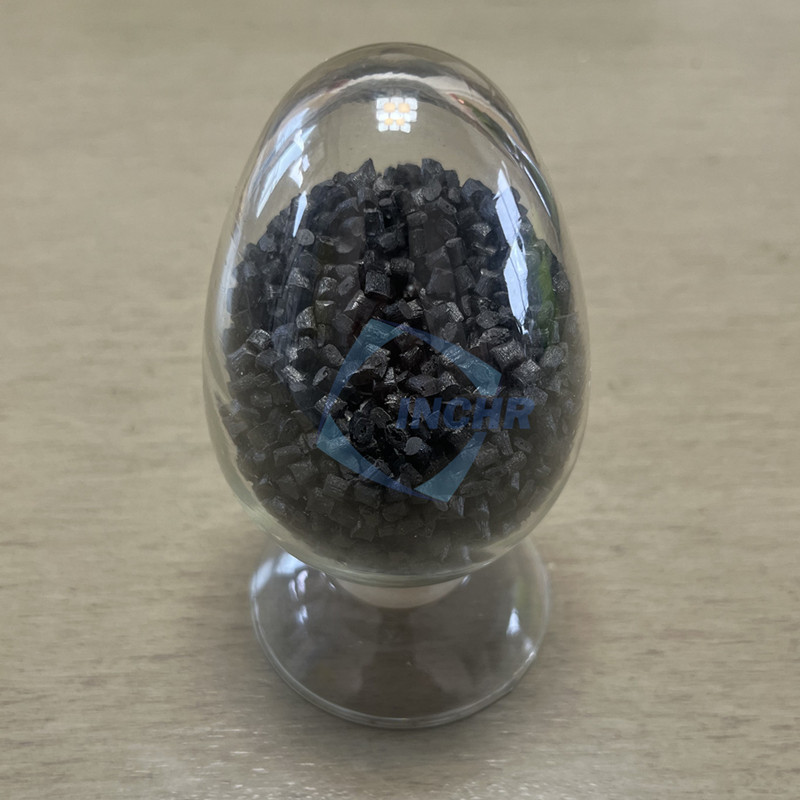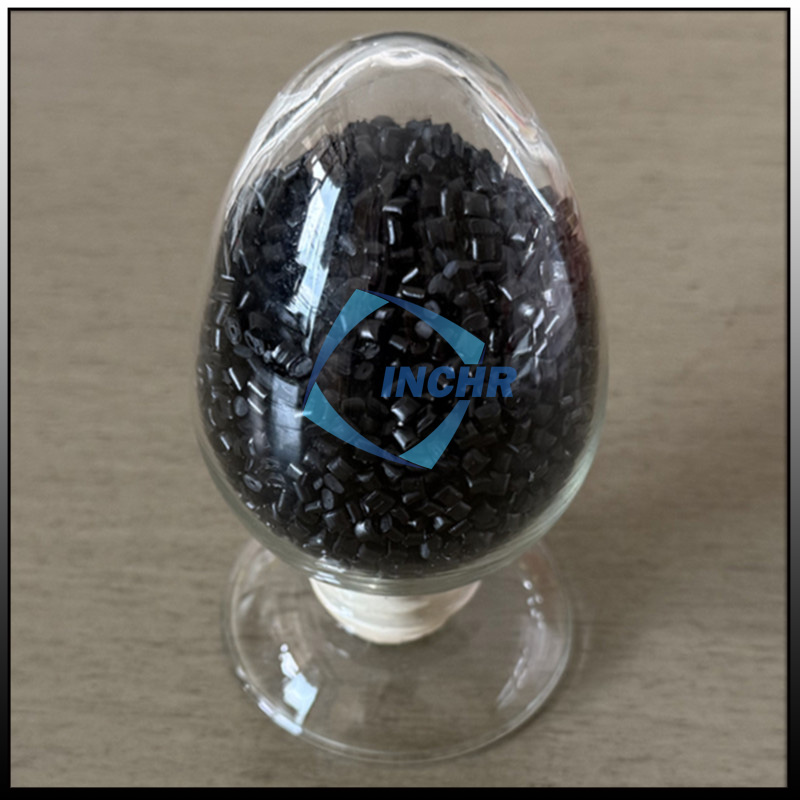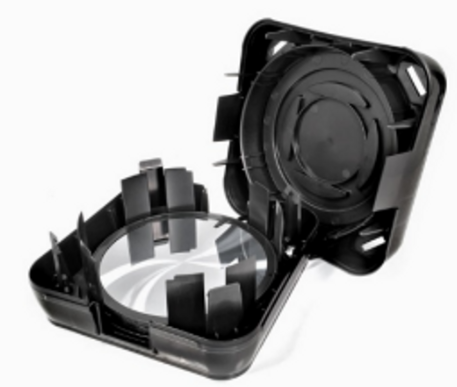Carbon Fiber Reinforced Polymer (CFRP) isn’t just another material; it’s a revolution in engineering. Combining carbon fibers with a polymer matrix (like epoxy), CFRP delivers an exceptional blend of properties that traditional metals struggle to match, fundamentally changing how we design and build for performance.
The Core CFRP Advantage: Strength Meets Featherweight
The most celebrated feature of CFRP is its exceptional strength-to-weight ratio. Pound for pound (or kilogram for kilogram), CFRP is significantly stronger and stiffer than steel or aluminum alloys. This translates directly into products that are incredibly lightweight yet robust. Think aerospace – where reducing weight means increased fuel efficiency and payload capacity for aircraft and spacecraft. Or high-performance automotive (like the frames in Formula 1 cars or the Tesla Roadster), where shedding pounds enhances speed, handling, and range.
Beyond Lightness: Built to Last
CFRP offers superior corrosion resistance. Unlike metals, it doesn’t rust or corrode when exposed to moisture, salt, chemicals, or harsh environments. This makes it ideal for marine applications (boat hulls, components), chemical processing equipment, and infrastructure exposed to the elements, significantly reducing maintenance costs and extending lifespan.
Engineered Flexibility & Fatigue Resistance
The material exhibits excellent fatigue resistance. Metals weaken and develop cracks under repeated cyclic loading. CFRP, however, withstands these stresses remarkably well, making it perfect for components experiencing constant vibration or load changes, like wind turbine blades, high-cycle machinery parts, and sporting goods (bike frames, tennis rackets). Furthermore, CFRP provides design freedom. It can be molded into complex, aerodynamic, and highly optimized shapes that are difficult or impossible to achieve with metals, allowing engineers to maximize performance and aesthetics.
Tailored Performance & Impact Absorption
CFRP’s properties can be precisely engineered by adjusting the type of carbon fiber, the weave pattern, the resin matrix, and the layup orientation. This allows manufacturers to fine-tune strength, stiffness, flexibility, and even thermal or electrical conductivity in specific directions within a single part. While extremely strong along the fiber direction, CFRP also possesses good impact resistance and energy absorption capabilities, crucial for safety applications like automotive components and protective gear.
Thermal Stability & Challenges
It boasts a low coefficient of thermal expansion, meaning it expands and contracts very little with temperature changes. This dimensional stability is vital for precision instruments and structures operating in fluctuating environments. However, CFRP isn’t without challenges. Production costs are higher than traditional materials, manufacturing processes (like autoclave curing) can be complex, and repairing damaged CFRP requires specialized techniques and materials. Additionally, recycling CFRP efficiently remains an active area of research and development.

The Future is Carbon Fiber Reinforced Polymer
From the depths of the ocean to the far reaches of space, from life-saving medical implants to record-breaking sports equipment, CFRP’s unique characteristics – its unbeatable strength-to-weight ratio, corrosion resistance, fatigue performance, design flexibility, and tailorability – make it the material of choice where performance, efficiency, and durability are paramount. As manufacturing costs decrease and recycling technologies advance, we can expect Carbon Fiber Reinforced Polymer to penetrate even more aspects of our engineered world, pushing the boundaries of what’s possible.




